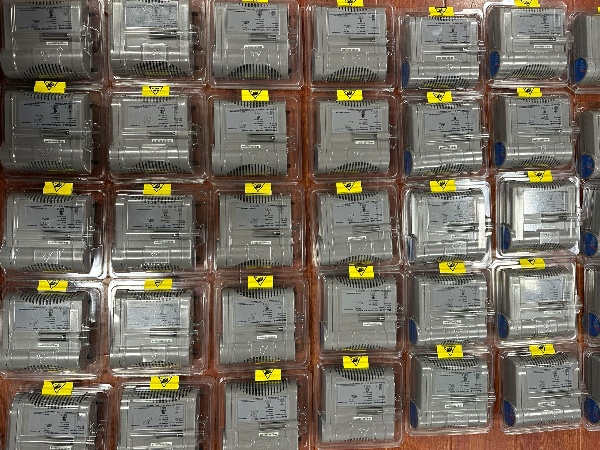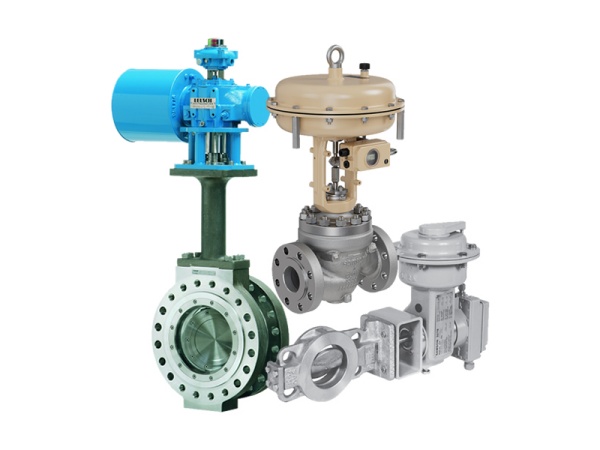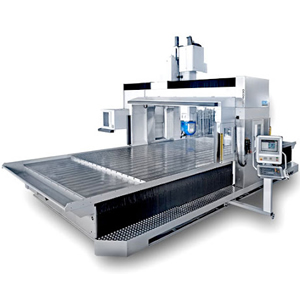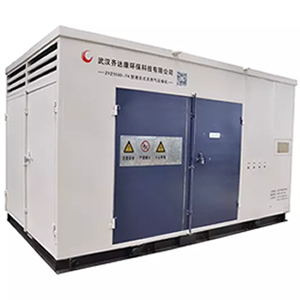Būtiskās PLC zināšanas automatizācijai
Būtiskās PLC zināšanas automatizācijai
Rūpnieciskās ražošanas un tehnoloģiskās attīstības jomā PLC (programmējami loģikas kontrolieri) ir izšķiroša loma automatizācijas kontrolē. PLC var plaši saprast kā centralizētu releja paplašinājuma vadības paneli. Praktiskos lietojumos PLC ievērojami samazina rūpniecības kontroles izmaksas un uzlabo aprīkojuma pārvaldību un automatizāciju. Lai apgūtu PLC, vispirms ir jāaptver pamata zināšanas.
PLC komponenti un to funkcijas
Papildus CPU, atmiņas un sakaru saskarnēm PLC ir ieejas un izvades saskarnes, kas tieši saistītas ar rūpniecības vietām.
Ievades interfeiss: saņem signālus no kontrolētām ierīcēm un virza iekšējās shēmas, izmantojot optokuplētājus un ievades shēmas.
Izejas interfeiss: pārraida programmas izpildes rezultātus, izmantojot optokuplētāju un izejas komponentus (relejus, tiristorus, tranzistorus), lai kontrolētu ārējās slodzes.
Pamata PLC vienība un tās sastāvdaļas
PLC pamata vienība sastāv no vairākām galvenajām daļām:
CPU: PLC kodols, vadot dažādas operācijas, piemēram, lietotāju programmu un datu, diagnostikas un programmas izpildes saņemšanu.
Atmiņa: saglabā sistēmu un lietotāju programmas un datus.
I/O interfeiss: savieno PLC ar rūpniecisko aprīkojumu, signālu saņemšanu un programmas rezultātiem.
Komunikācijas saskarne: nodrošina informācijas apmaiņu ar citām ierīcēm, piemēram, monitoriem un printeriem.
Strāvas padeve: nodrošina strāvu PLC sistēmai.
PLC komutācijas izvades saskarnes un to raksturlielumi
PLC komutācijas izvades saskarnes :
Tiristora izvades tips: parasti tiek izmantots ar maiņstrāvas slodzēm, ar ātru reakciju un augstu darbības frekvenci.
Tranzistora izejas tips: parasti tiek izmantots ar līdzstrāvas slodzēm, piedāvājot arī ātru reakciju un augstu darba frekvenci.
Releja izejas tips: saderīgs gan ar maiņstrāvas, gan līdzstrāvas slodzēm, bet ar ilgāku reakcijas laiku un zemāku darbības frekvenci.
PLC strukturālie veidi un to iezīmes
PLC var iedalīt trīs strukturālos veidos:
Integrālais tips: Ar CPU, barošanas avotu un I/O komponentiem, kas izvietoti vienā gadījumā, šis tips ir kompakts un izmaksas - efektīvas, parasti tiek izmantotas maza mēroga PLC.
Modulārais tips: raksturīgi atsevišķi moduļi dažādām funkcijām, piedāvājot elastīgu konfigurāciju un ērtu paplašināšanu un apkopi. Parasti to izmanto vidējā un lielā mēroga PLC un sastāv no rāmja vai pamatplates un dažādiem moduļiem.
Sadalāms tips: apvieno integrālo un modulāro tipu īpašības. CPU, barošanas avots un I/O saskarnes ir neatkarīgi moduļi, kas savienoti ar kabeļiem, nodrošinot elastīgu konfigurāciju un kompaktu izmēru.
PLC skenēšanas cikls un tā ietekmējošie faktori
PLC skenēšanas cikls ietver piecus posmus: iekšējo apstrādi, sakaru pakalpojumus, ievades apstrādi, programmas izpildi un izvades apstrādi. Laiks, kas nepieciešams, lai pabeigtu šos piecus posmus, tiek saukts par skenēšanas ciklu. To ietekmē CPU darbības ātrums, PLC aparatūras konfigurācija un lietotāja programmas garums.
PLC programmas izpildes metode un process
PLC izpilda lietotāju programmas, izmantojot ciklisku skenēšanas metodi. Izpildes procesā ietilpst trīs posmi: ievades paraugu ņemšana, programmas izpilde un izvades atsvaidzināšana.
PLC vadības sistēmu priekšrocības salīdzinājumā ar releju vadības sistēmām
Vadības metode: PLC izmanto programmējamu vadību, ļaujot ērti modificēt vai uzlabot vadības prasības, ar neierobežotiem kontaktiem.
Darba režīms: PLC darbojas sērijveida režīmā, uzlabojot sistēmas anti -traucējumu spēju.
Vadības ātrums: PLC kontakti būtībā ir izraisītāji ar instrukcijas izpildes laikiem, kas izmērīti mikrosekundēs.
Uzticamība un uzturējamība: PLC izmanto mikroelektronikas tehnoloģiju un funkciju pašas diagnostiskās funkcijas savlaicīgai kļūmju noteikšanai.
PLC izejas reakcijas nobīdes un risinājumu cēloņi
PLC izmanto centralizētu paraugu ņemšanu un izvades ciklisko skenēšanu. Ievades statuss tiek nolasīts tikai katra skenēšanas cikla ievades paraugu ņemšanas posmā, un programmas izpildes rezultāti tiek nosūtīti tikai izvades atsvaidzināšanas fāzē. Turklāt ievades un izvades kavēšanās un lietotāja programmas garums var izraisīt izejas reakcijas nobīdi. Lai uzlabotu I/O reakcijas ātrumu, var palielināt ieejas paraugu ņemšanas un izejas atsvaidzināšanas biežumu, pieņemt tiešo ieejas paraugu ņemšanu un izvades atsvaidzināšanu, izmantot pārtraukuma ievadi un izvadi vai ieviest inteliģentas I/O saskarnes.
Iekšējās mīkstās releji Siemens PLC sērijā
Siemens PLC ir dažādi iekšējie mīkstie releji, ieskaitot ievades relejus, izejas relejus, palīgrelejus, statusa reģistrus, taimerus, skaitītājus un datu reģistrus.
PLC atlases apsvērumi
Modeļa izvēle: apsveriet tādus faktorus kā struktūra, uzstādīšanas metode, funkcionālās prasības, reakcijas ātrums, uzticamība un modeļa vienveidība.
Kapacitātes izvēle: pamatojoties uz I/O punktiem un lietotāja atmiņas ietilpību.
I/O moduļa izvēle: aptver komutāciju un analogo I/O moduļus, kā arī īpašos funkciju moduļus.
Barošanas avota modulis un cita ierīces izvēle: piemēram, programmēšanas ierīces.
PLC centralizētas paraugu ņemšanas un izvades darba režīma raksturlielumi
Centralizētā paraugu ņemšanā ievades statuss tiek paraugs tikai skenēšanas cikla ievades paraugu ņemšanas fāzē, un ieejas gals tiek bloķēts programmas izpildes posmā. Centralizētā izvadē izejas atsvaidzināšanas fāze ir vienīgā reize, kad statuss izvades attēlu reģistrā tiek pārsūtīts uz izvades aizbīdni, lai atsvaidzinātu izvades saskarni. Šis darba režīms uzlabo sistēmas anti -traucējumu spēju un uzticamību, bet var izraisīt ieejas/izejas reakcijas nobīdi PLC.
PLC darba režīms un funkcijas
PLC darbojas, izmantojot centralizētu paraugu ņemšanu, centralizētu izvadi un ciklisku skenēšanu. Centralizēta paraugu ņemšana nozīmē, ka ievades statuss tiek paraugs tikai skenēšanas cikla ievades paraugu ņemšanas fāzē, un ieejas gals ir bloķēts programmas izpildes laikā. Centralizēta izvade attiecas uz izvades un saistītā statusa pārsūtīšanu no izvades attēlu reģistra uz izvades aizbīdni tikai izvades atsvaidzināšanas fāzē, lai atsvaidzinātu izvades saskarni. Cikliskā skenēšana ietver vairāku operāciju veikšanu skenēšanas ciklā laika gaitā - divīzijas skenēšana pēc kārtas.
Elektromagnētisko kontaktoru sastāvs un darba princips
Elektromagnētiskie kontaktori sastāv no elektromagnētiskajiem mehānismiem, kontaktiem, ARC - dzēšanas ierīcēm, atbrīvošanas atsperu mehānismiem un montāžas komponentiem. Kad elektromagnētiskā spole ir enerģiska, strāva rada magnētisko lauku, izraisot stacionārā dzelzs kodola ražošanu elektromagnētiskā sūkšana, kas piesaista armatūru un iedarbina kontaktus. Tas parasti aizver kontaktu atvēršanu un parasti atvērtu kontaktus, lai aizvērtu. Kad spole ir de -enerģija, izzūd elektromagnētiskais spēks, un armatūru atbrīvo pavasaris, atjaunojot kontaktus to sākotnējā stāvoklī.
Programmējamu loģisko kontrolieru (PLC) definīcija
PLC ir digitāla elektroniska ierīce, kas paredzēta rūpnieciskai videi. Tas izmanto programmējamu atmiņu, lai saglabātu instrukcijas loģisku, secīgu, laika, skaitīšanas un aritmētisko operāciju veikšanai. Tas kontrolē dažādus mehāniskos vai ražošanas procesus, izmantojot digitālo vai analogo ieeju/izvadi.
PLC un saistītās perifērās ierīces ir paredzētas, lai viegli integrētos ar rūpniecības vadības sistēmām un atvieglotu funkciju paplašināšanu.
Atšķirības starp PLC un releju - kontaktoru sistēmām
Atšķirības starp PLC un releju - kontaktoristēm sistēmām ir to sastāva ierīces, kontaktu skaits un kontroles ieviešanas metodes.

















